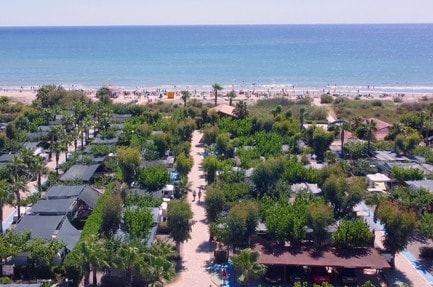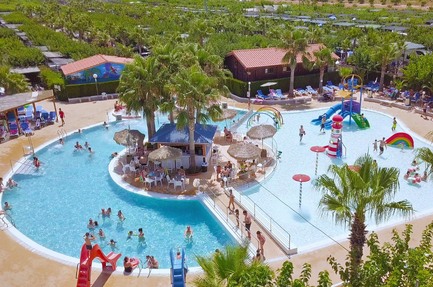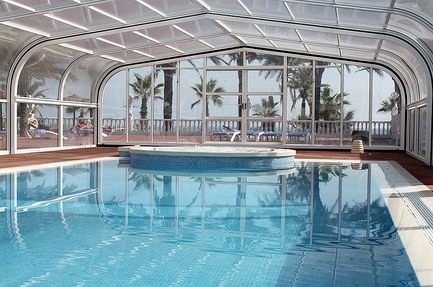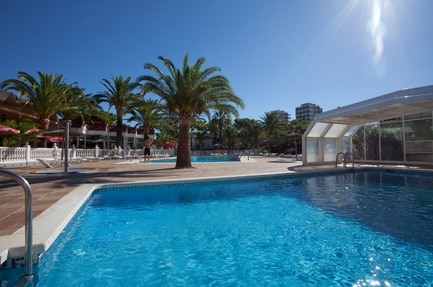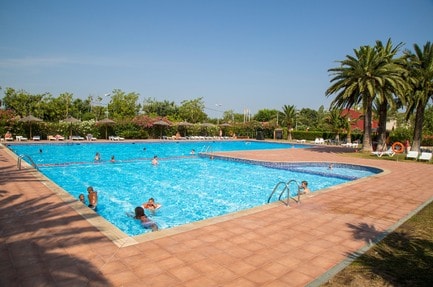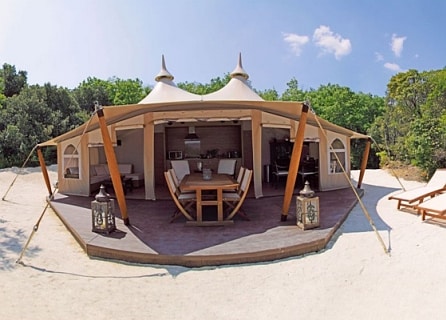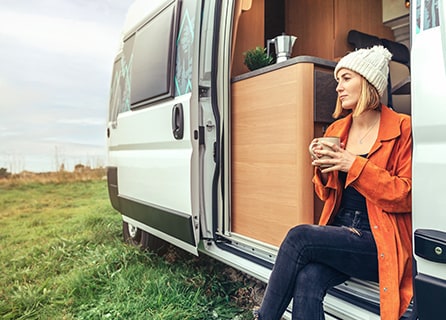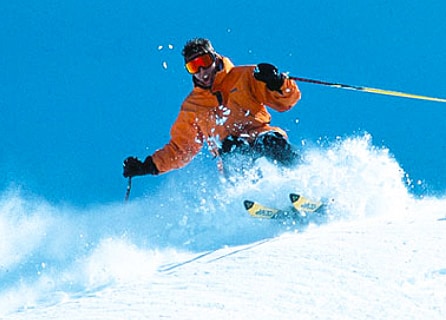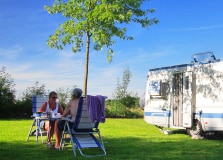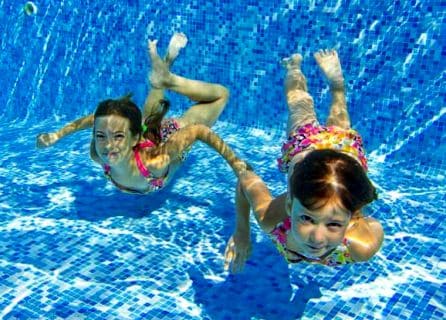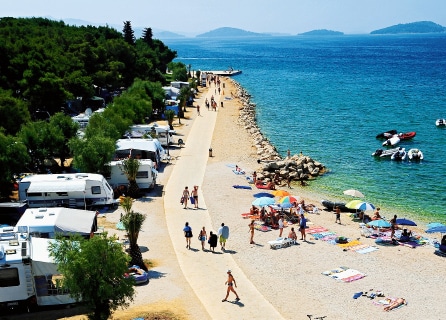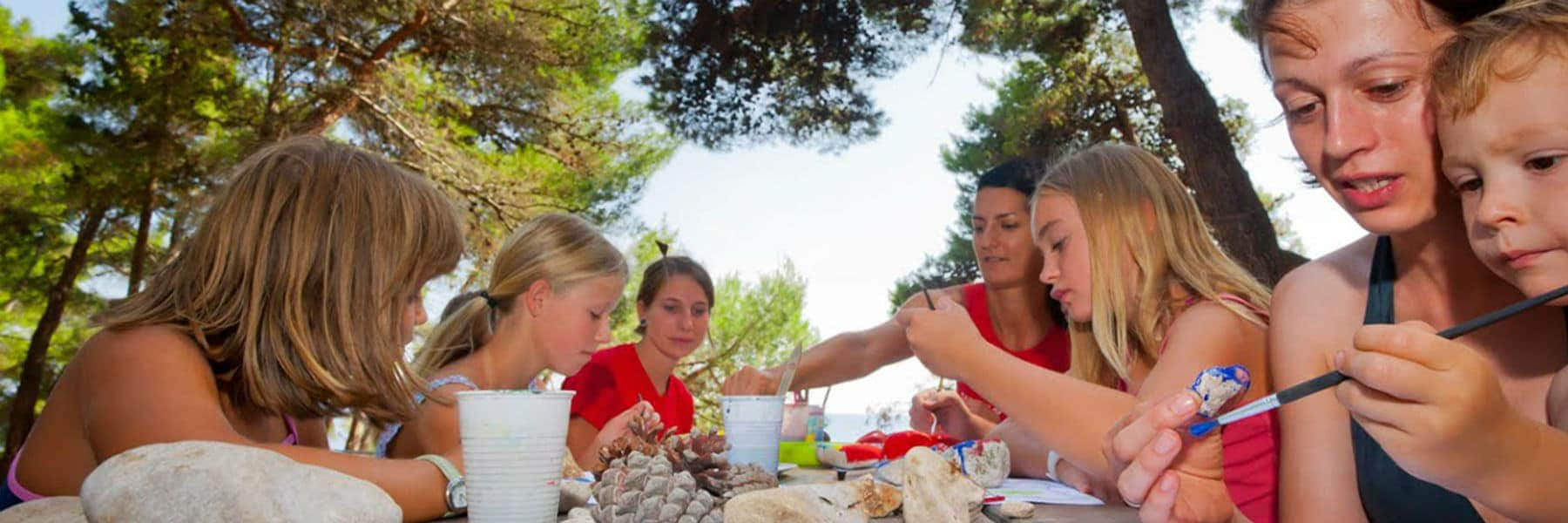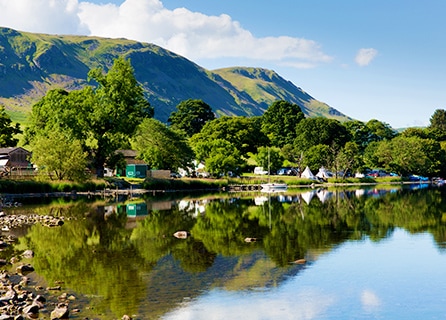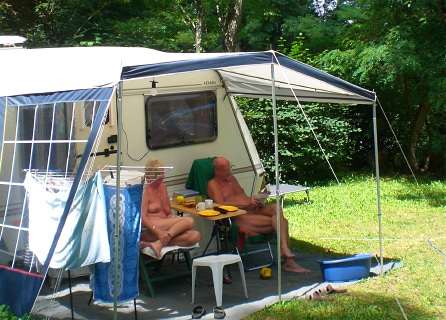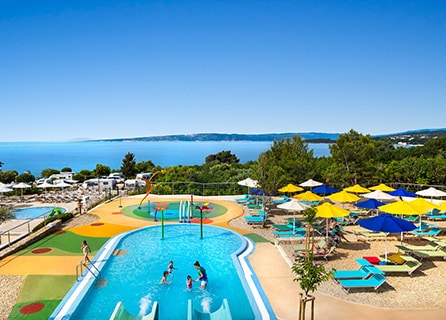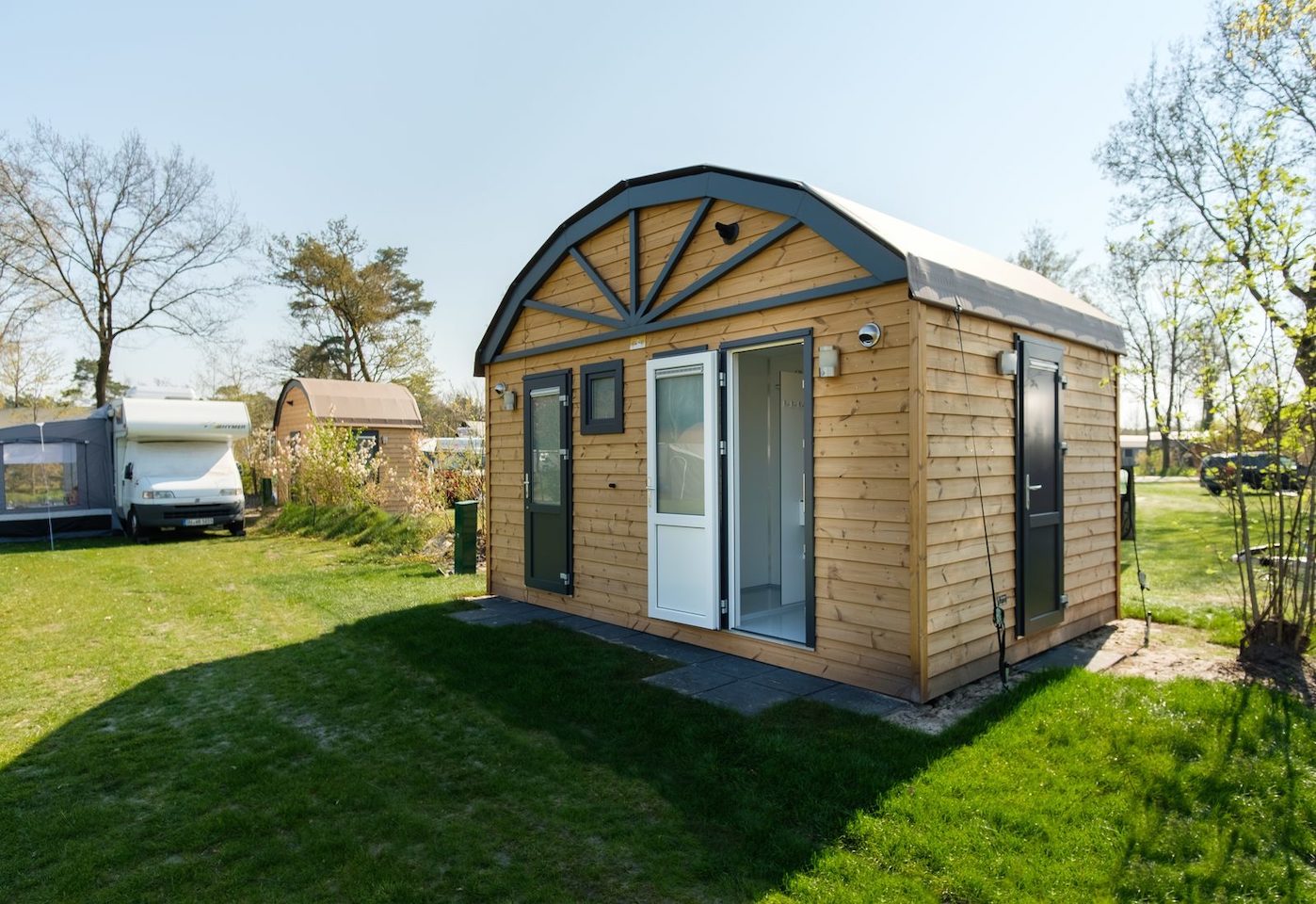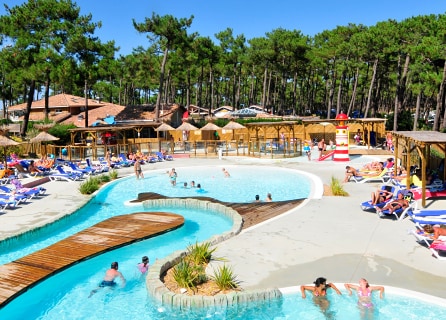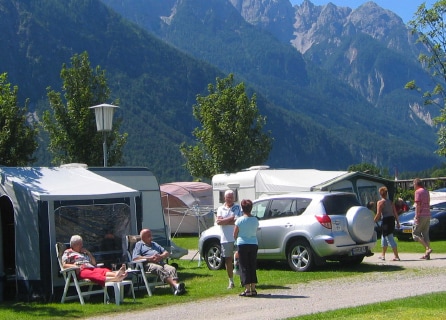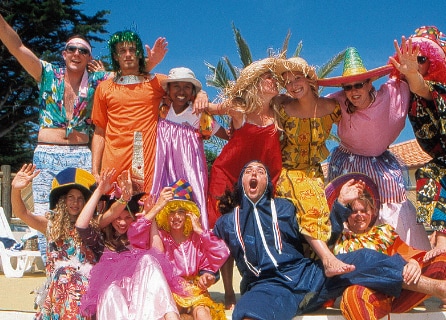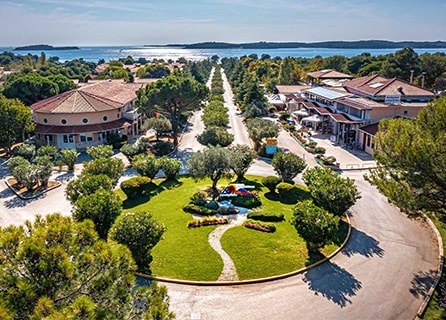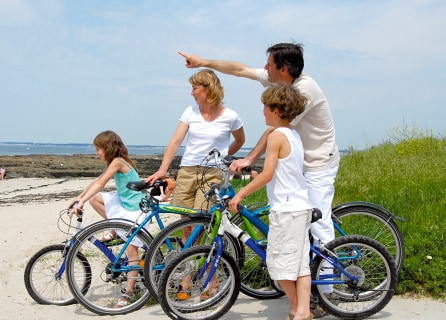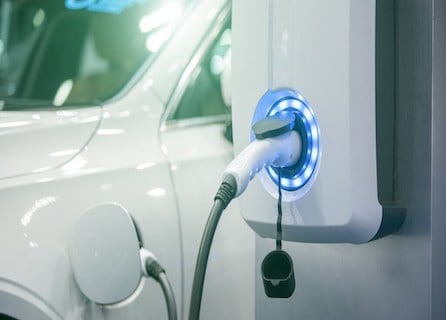
Find your campsite
Search on map
Popular campsites: Spain
BravoPlaya Camping-Resort
Spain - Valencia - Castellón - Ribera de Cabanes
Bravoplaya Camping-Resort is located on the Spanish Costa del Azahar, famous for its orange blossoms. South of Peñiscola and only 3 kilometres from the small beach...
Camping Playa Tropicana
Spain - Valencia - Castellón - Alcossebre
Camping Playa Tropicana is a medium-sized campsite directly next to the sandy beach south of Alcossebre. An indoor swimming pool with a jacuzzi, an outdoor...
Camping Las Dunas
Spain - Catalonia - Girona - Sant Pere Pescador
Campsite Las Dunas lies directly alongside a wide sandy beach in the picturesque Bay of Roses on the Spanish Costa Brava, the well-known coastal region...
Bonterra Resort - Camping & Bungalows
Spain - Valencia - Castellón - Benicassim
This campsite is centrally located in the cosy seaside resort of Benicasim, on the Spanish Costa del Azahar (Valencia region). This is a great base...
Kikopark Playa
Spain - Valencia - Valencia - Oliva
On a peaceful street in a quiet Spanish village between Valencia and Alicante you will find Kikopark Playa, close to the local marina on a...
Camping Mas Nou
Spain - Catalonia - Girona - Castelló d'Empúries
The Catalan campsite Mas Nou is located on the Costa Brava near Figueres, the town from which the artist Salvador Dalí hails. You camp here...



